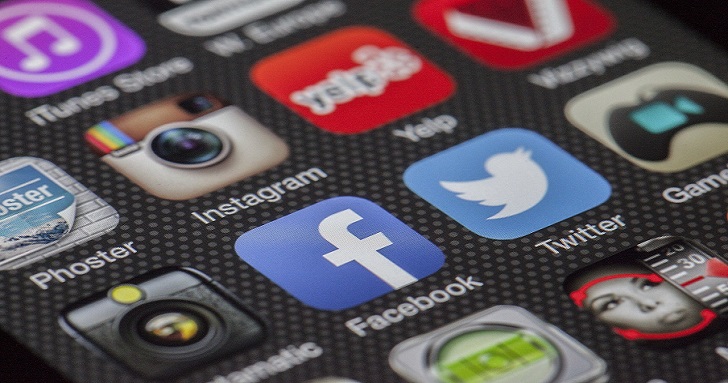Just a few years ago, advertisers were spending about $15.6 billion on social media advertising. In 2022 alone, though, that number is expected to balloon to a total of $56.8 billion when it’s all said and done, and that’s just a soft estimate. Some estimates have been as high as $173 billion, meaning that it’s important to find the social media marketing trends that are taking off, so you aren’t left behind. Here are some of those trends that we’re seeing that allow you to get an edge.
Video Content
There was once a time when a simple print ad would do the trick or even a standalone image as part of your advertising campaign. However, times have changed, and people are getting their content in video form via sites like YouTube, Instagram, TikTok, and more. Most of these are short-form videos that are meant to capture quick attention. You may have seen them more frequently in the Reels sections of Instagram and Facebook, popping up between videos.
As for YouTube, they’re a website that’s operated by Google and you can easily access your advertisement’s performance through Google Ads. This site contains more info on how to integrate Google ads used for social media marketing. More than 80 percent of Google’s overall revenue comes through YouTube advertising alone, so there has been a big focus by the company to increase ads on the video platform.
Clock Ticking on Facebook
Facebook was once the king of social media marketing, but it appears that the website (which is run by Meta) may see its reign coming to an end sooner rather than later. While it’s still the most used platform for any social media, TikTok is quickly gaining steam. TikTok had under 700 million users by the beginning of 2021, but that number has now swelled to well over 1 billion, making it a major target for social media marketing.
As mentioned before, short-form videos are the way of the future for marketing, and TikTok allows the perfect platform for that. TikTok allows businesses to create an ad campaign where they can spend however much they want, depending on how many users they’re attempting to reach. While this doesn’t mean that Facebook is dead in the water, there are a lot of advertisers jumping ship to TikTok and Facebook-owned Instagram.
Interestingly enough, some major brands are shifting their focus away from the larger social media sites and instead focusing on smaller ones like Snapchat or Pinterest. That’s because the advertising scale isn’t as broad and allows a better chance for users to see their advertisements. These platforms also allow for better impressions as they can flow seamlessly into content compared to sites like Facebook.
Influencers Still Getting It Done
While older generations are far less likely to buy a product or service based on the recommendation of a social media influencer, the same cannot be said for the younger crowd. In fact, nearly half of those surveyed from Generation Z have said that they’ve purchased a product solely from a recommendation given by an influencer. Because of this, social media influencers have just as much clout as ever, especially as Gen Z starts to get into the age where they have higher purchasing power.
Many Instagram posts or YouTube videos these days are likely to be sponsored in some sort of capacity by a company, allowing these brands to reach wider (and younger) audiences through social media.
There is more of an incentive than ever to become a social media influencer, as well. That’s because the major players in social media (Facebook, TikTok, etc.) all have a fund to help boost creators as they make content. This has even been fortuitous for smaller influencers, as they tend to be primary targets for ad campaigns. Why? Simply because a smaller follower list means a huge boost in the percentage of advertisement engagements. Companies are also able to filter tags and content to see which influencer is right for their campaign.
A New Reality
With the announcement of the Metaverse, social media signaled that they’re going full bore into the augmented and virtual reality markets. It didn’t take long for marketing to catch onto this new way of advertising, and many companies are spending big bucks on getting ahead of the game and advertising in the virtual world.
Currently, social media platforms like Instagram are already using augmented reality in advertising, especially when it comes to furniture and fashion. Users are able to see how a designer chair would look in their living room or how they would look in a t-shirt directly through the app.
With virtual reality becoming more affordable, there’s going to be a wider scope of people to appeal to through advertising, as well. Did you ever think you’d be buying a billboard on a virtual highway? The future is now.
24 Hour Virtual Assistance
As younger generations start to take over, there’s becoming less and less of a need to have a call center waiting to provide customer service. That’s because younger generations simply don’t want to go through all of the prompts over the phone and talk to a live agent.
Whether it be anxiety or not wanting to do things the old way, it’s important that you promote in your social media advertising that you have chat support available 24 hours a day. Many of these questions that users have can be answered through an A.I. prompt (similar to the one that’s offered on Amazon), with a live representative being the last resort. No more smashing the 0 key on a phone pad to get to a customer service rep regarding a shipping question.

